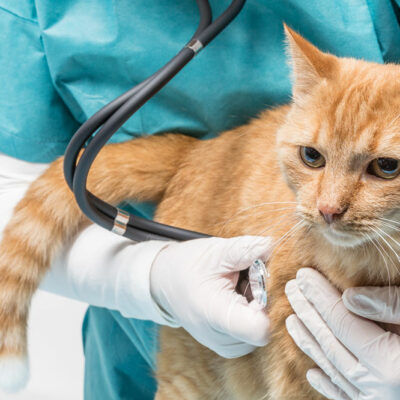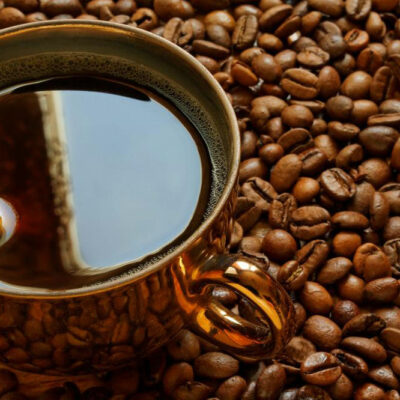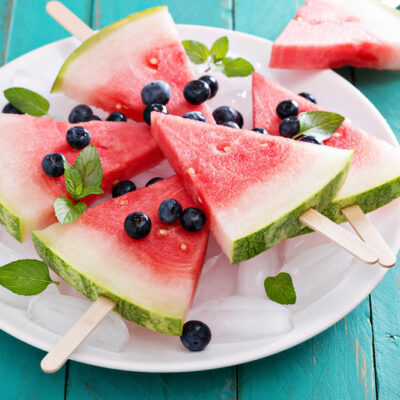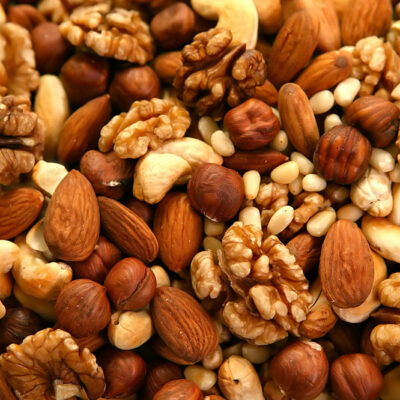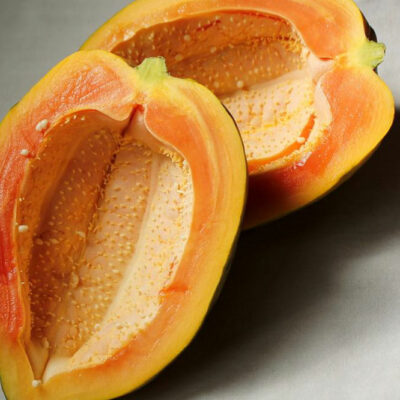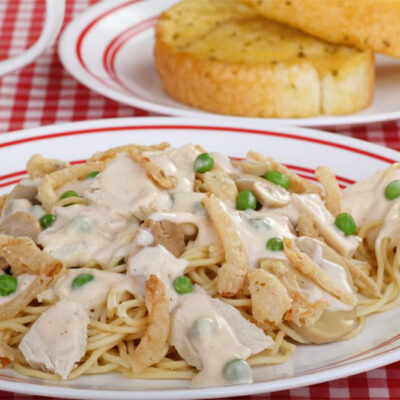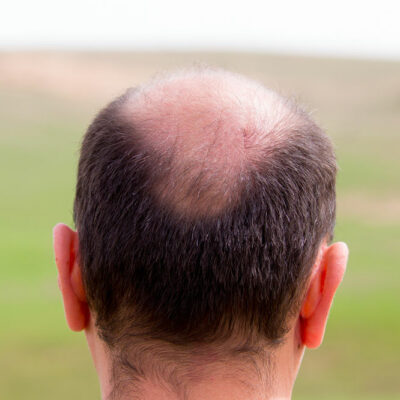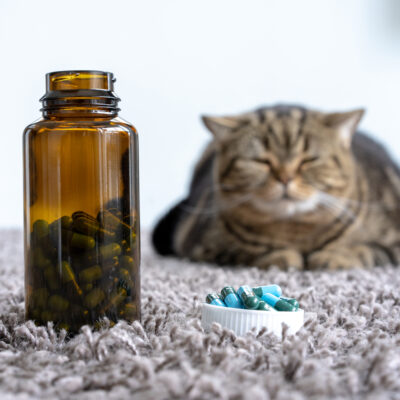
Diet
Common Symptoms of Pet Toxicity
It’s essential to be familiar with the typical signs and symptoms of pet toxicity if you have a pet at home. It will allow you to take the right actions in the hour of need. The symptoms of toxicity in dogs or cats vary tremendously depending on the type of toxic substance they have been exposed to. But before discussing the symptoms of pet toxicity, let’s look at some signs that you need to watch out for. Visible signs of toxicity As mentioned before, pet toxicity can manifest in a variety of ways. Overall, if you think your pet has been exposed to a toxic substance, you must look out for these visible signs: vomiting, diarrhea, seizures, blood in the stool, lethargy, loss of appetite, bruising, nosebleeds, and inability to urinate. If your pet is suffering from one or more of these problems, you must contact the vet immediately. Irregular heartbeats Beyond the more noticeable signals, there are other severe long-term problems associated with pet toxicity. One of them is irregular heartbeats. If your pet comes into contact with a toxic plant or ingests some medications, they may develop an abnormal heart rhythm and cardiac symptoms. Some plants that can be toxic to your pet include oleander, mountain laurel, jimson weed, milkweed, and kalanchoe.
Read More 
